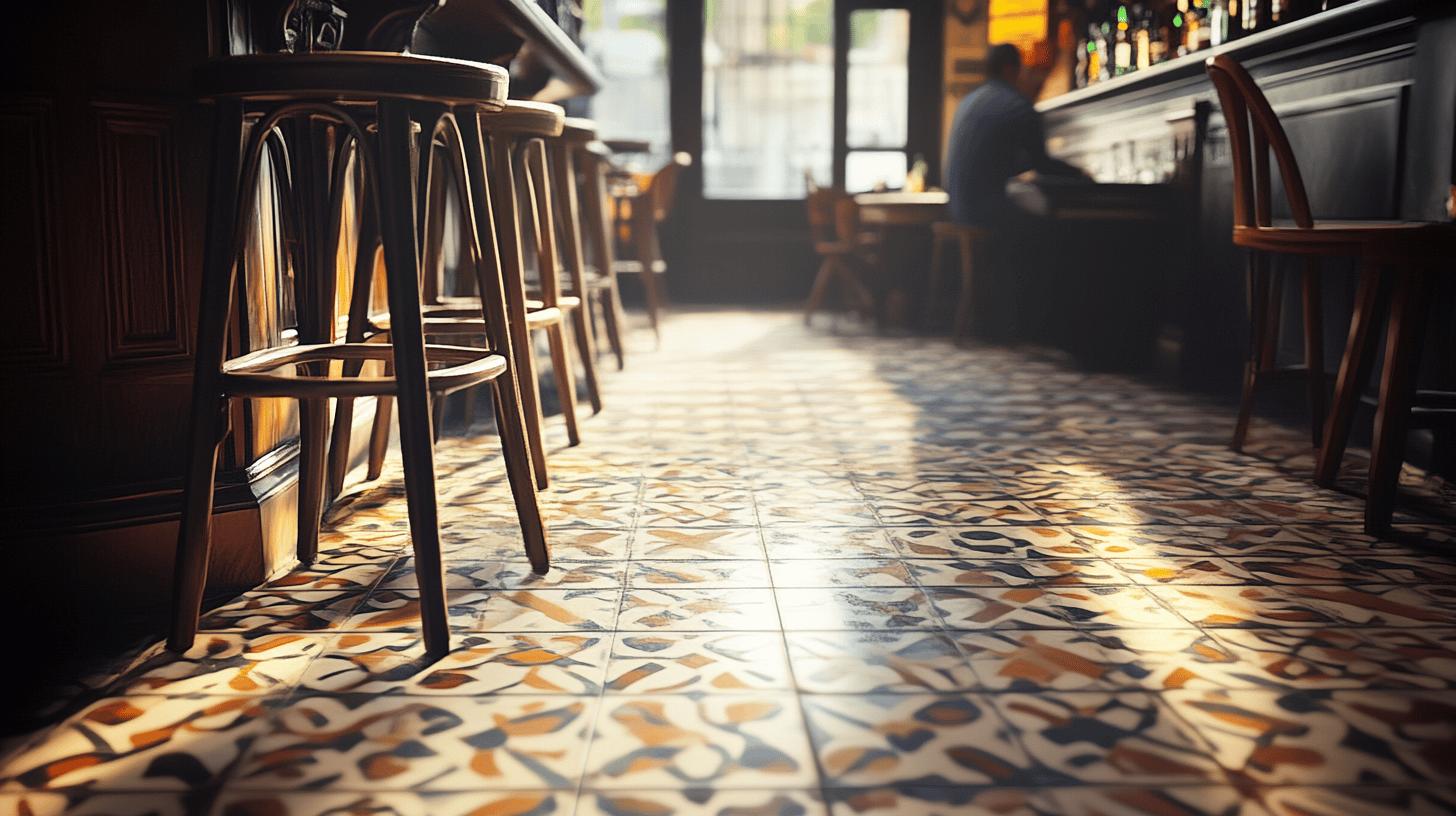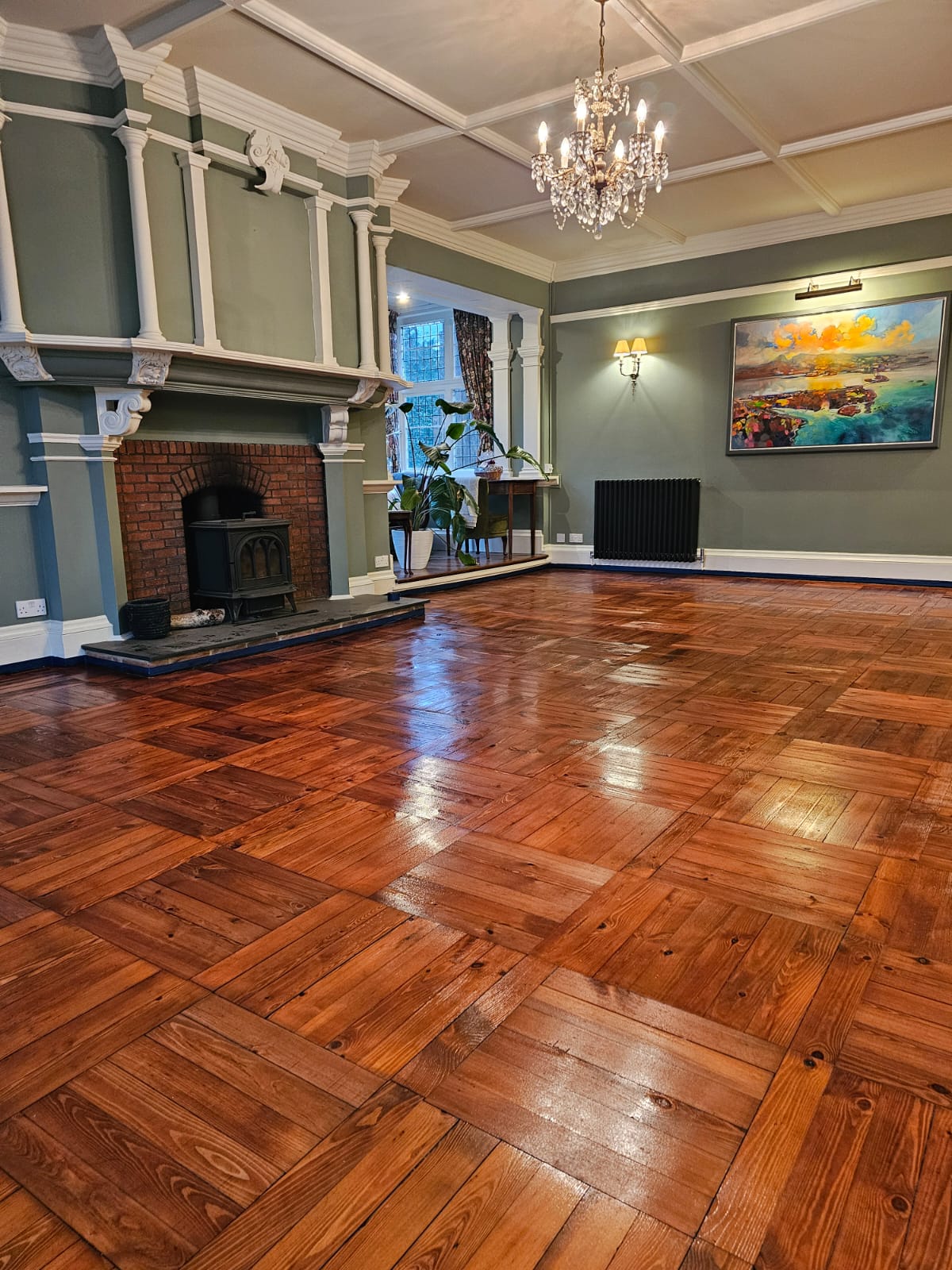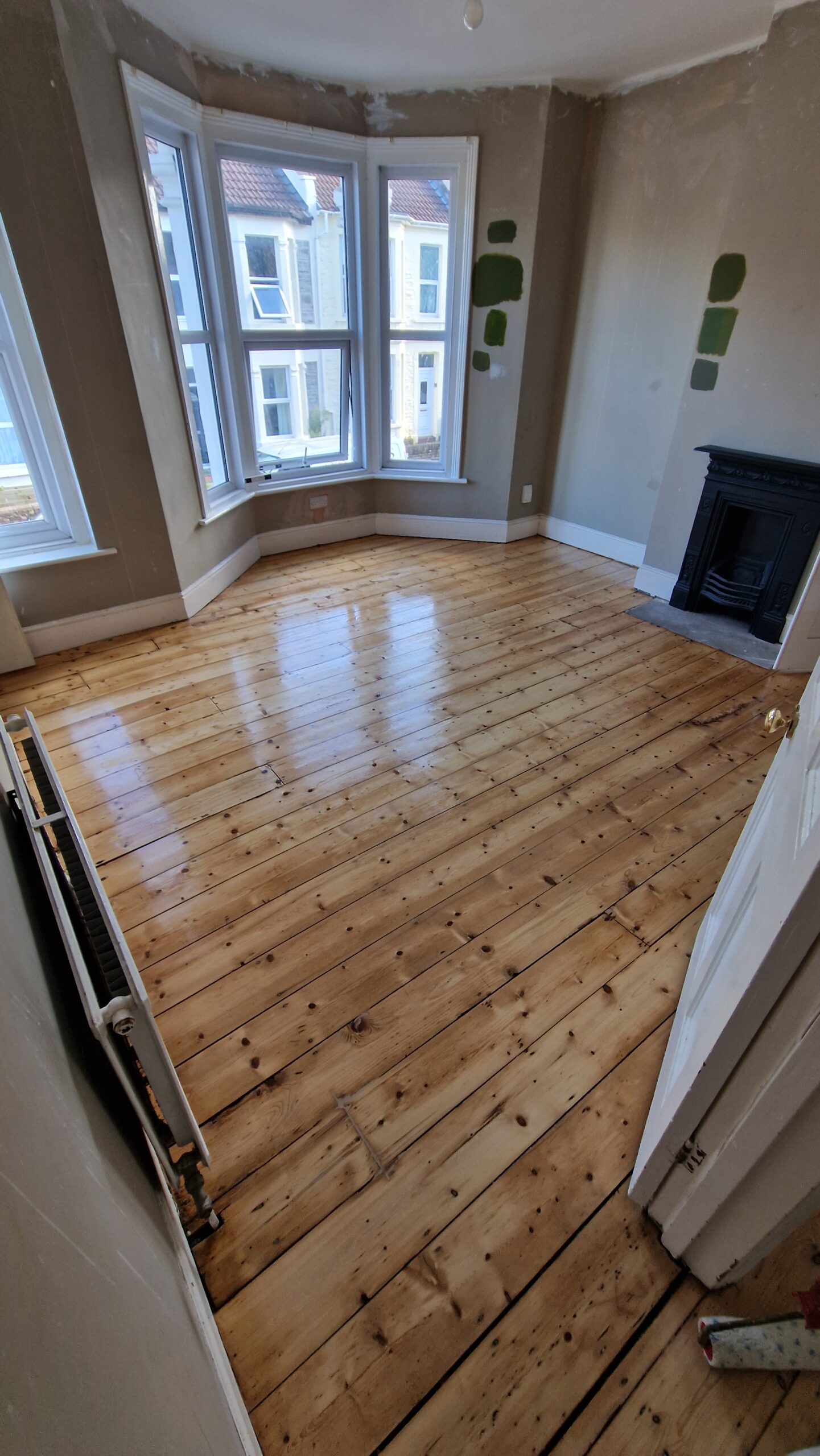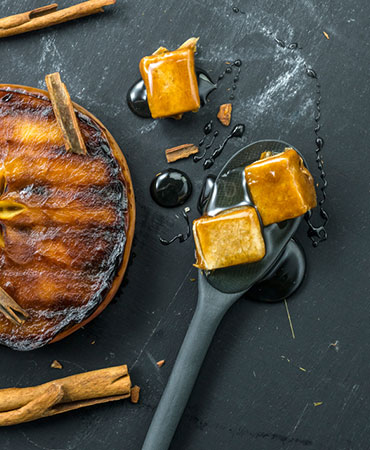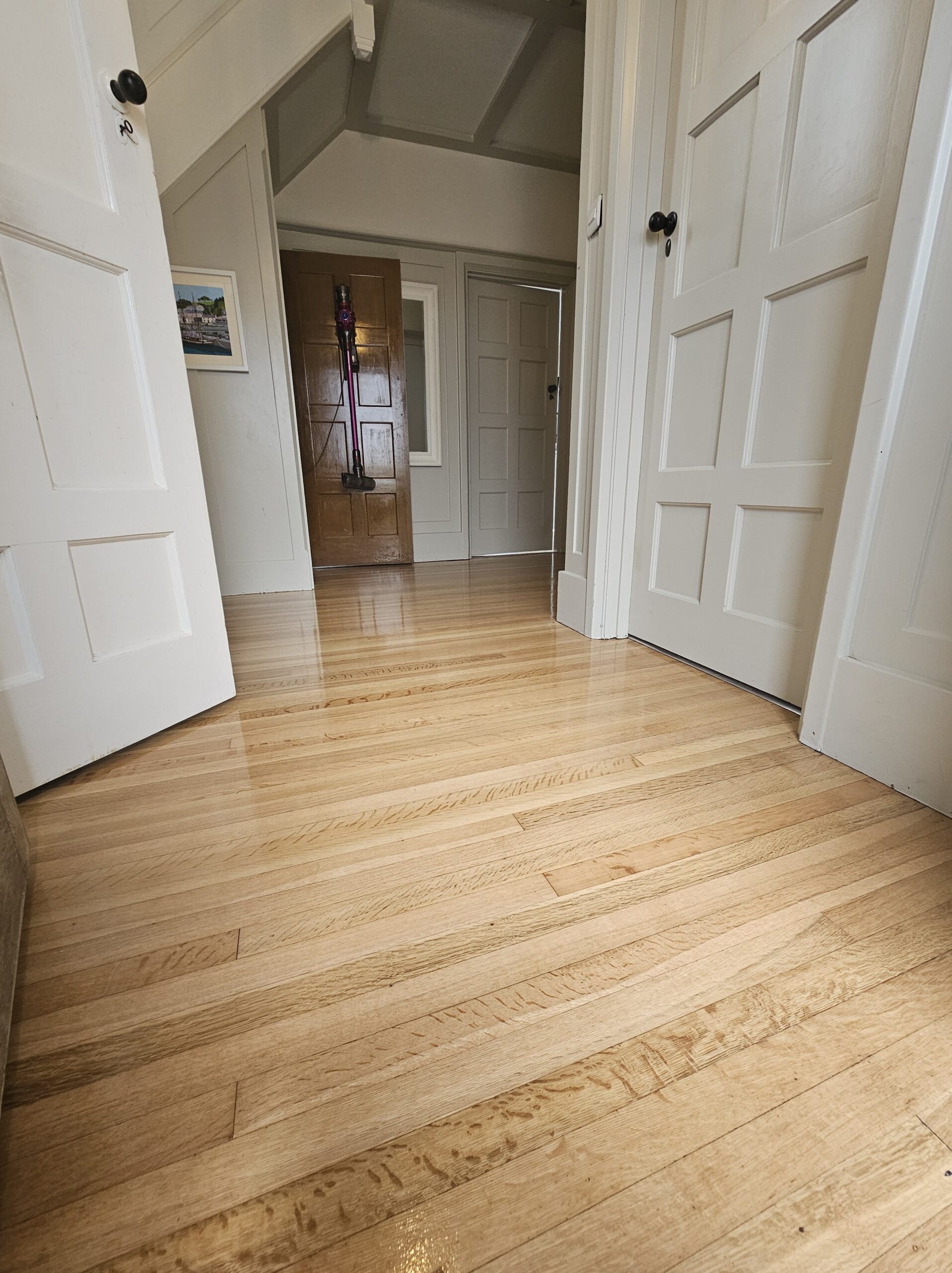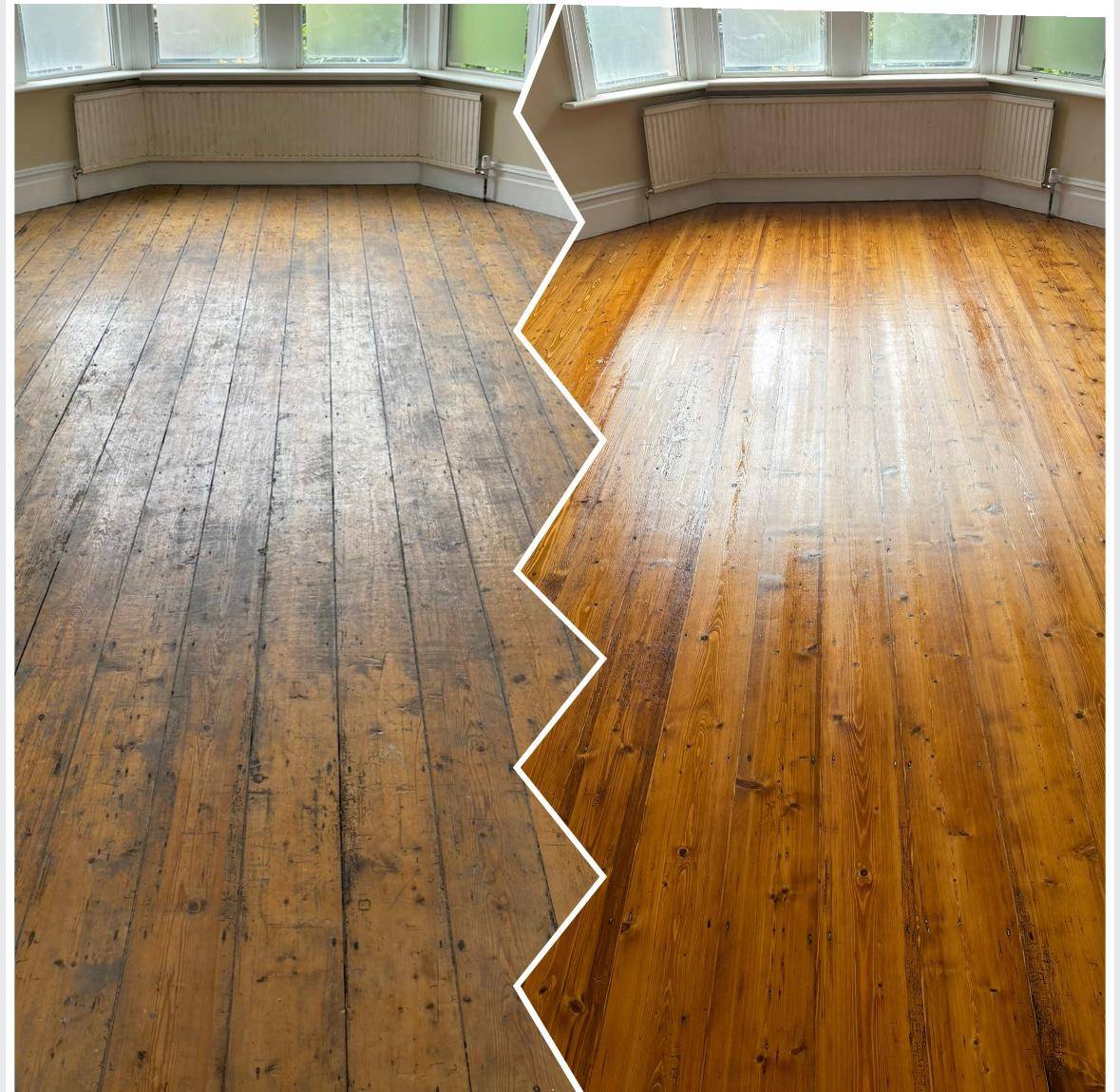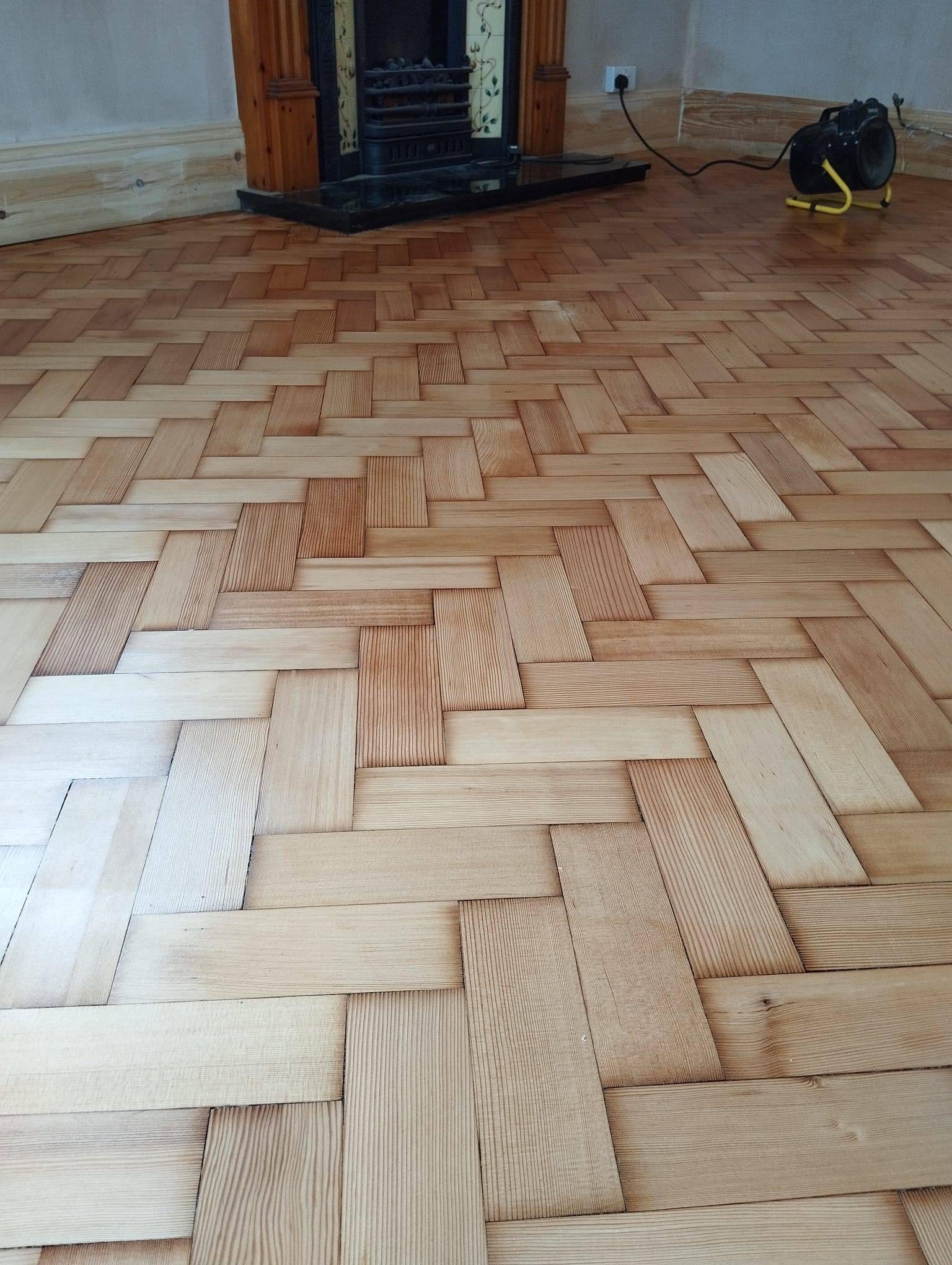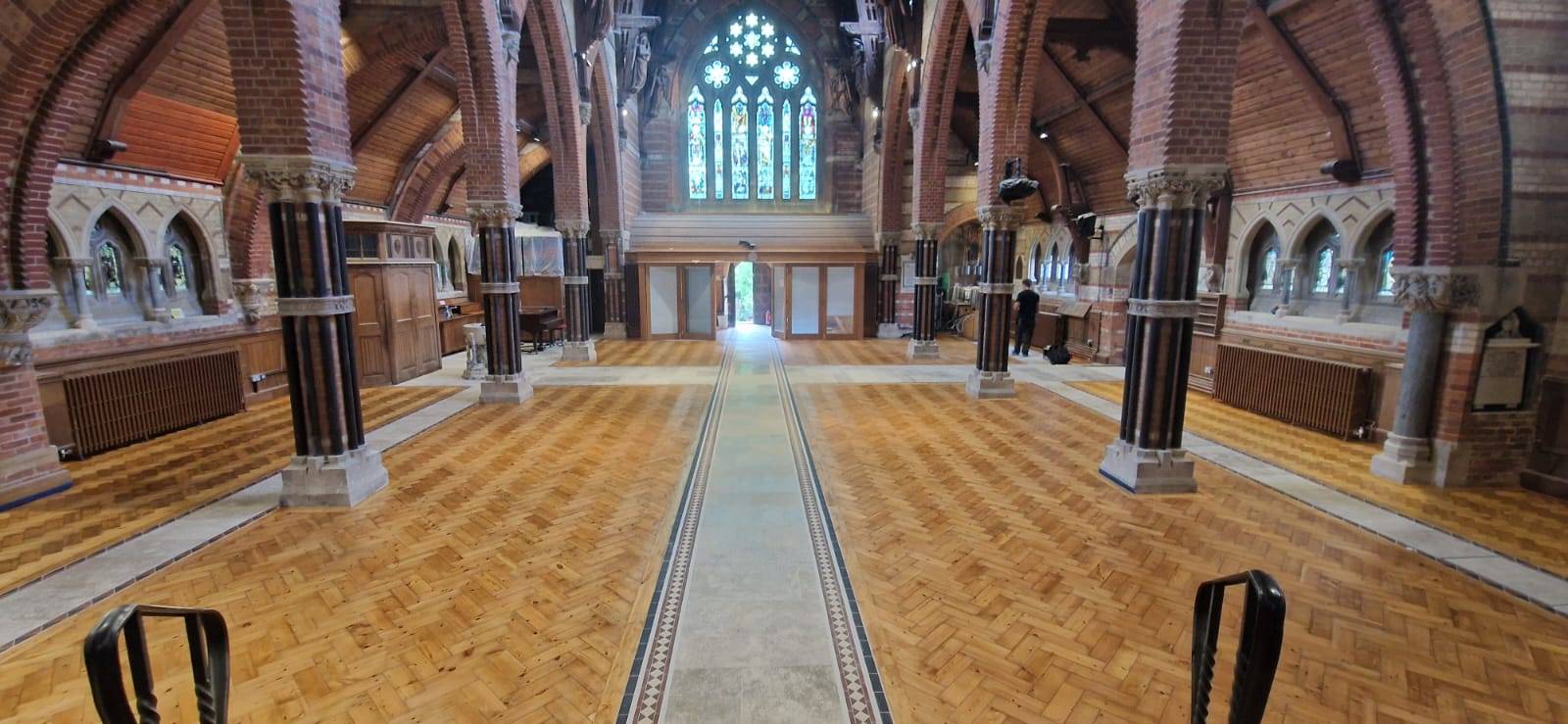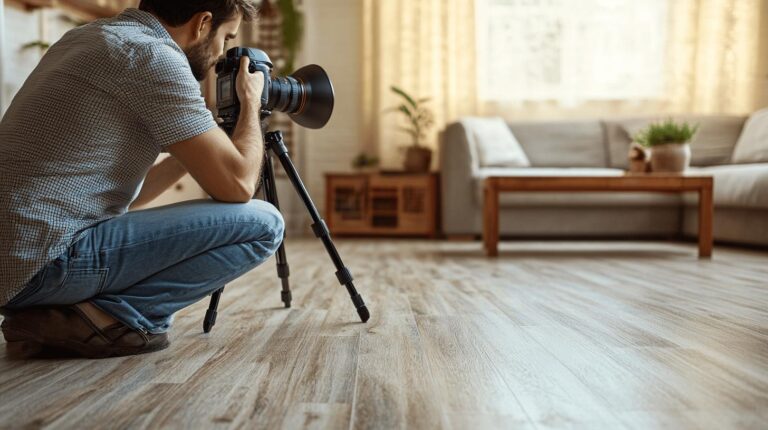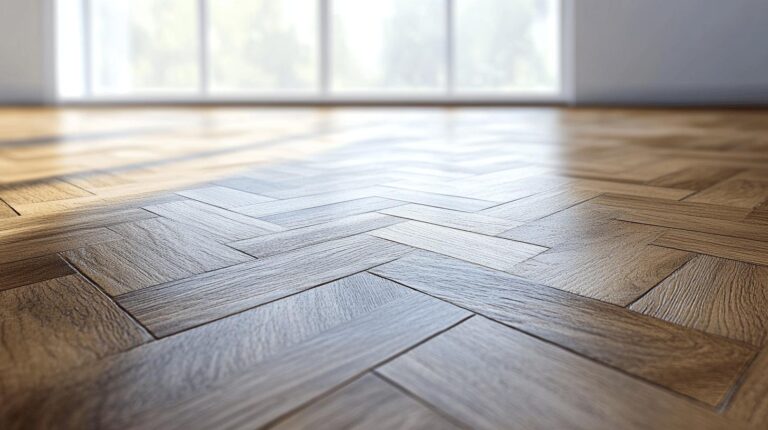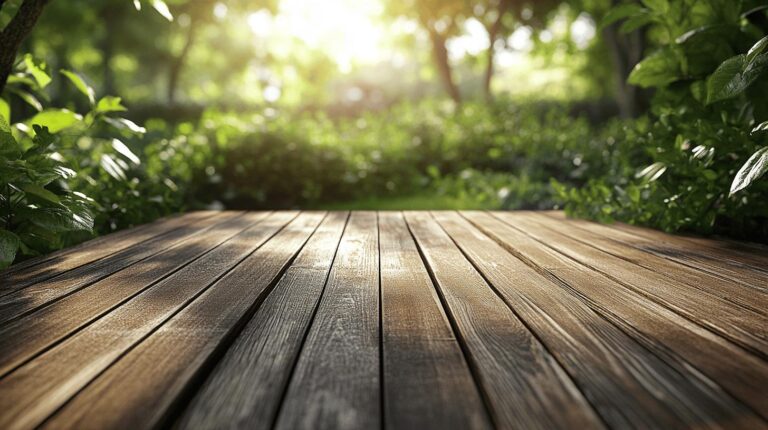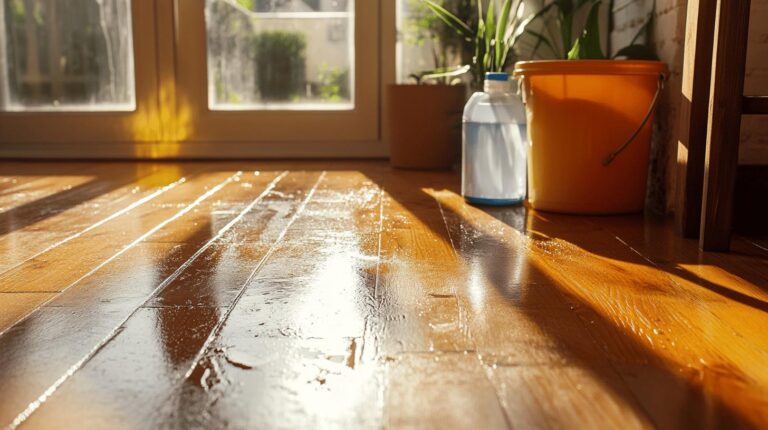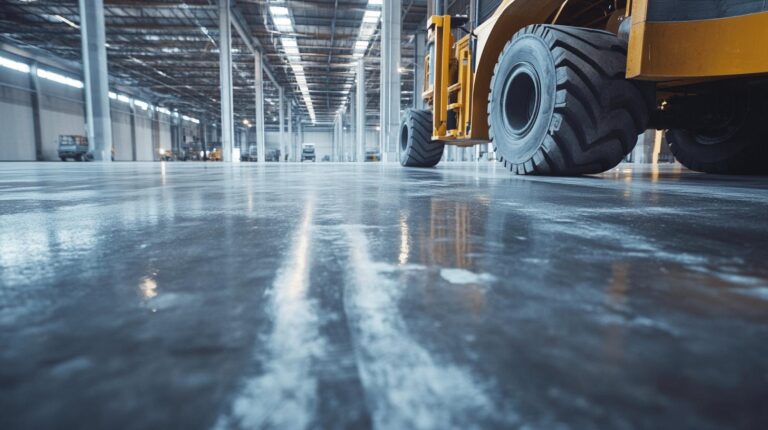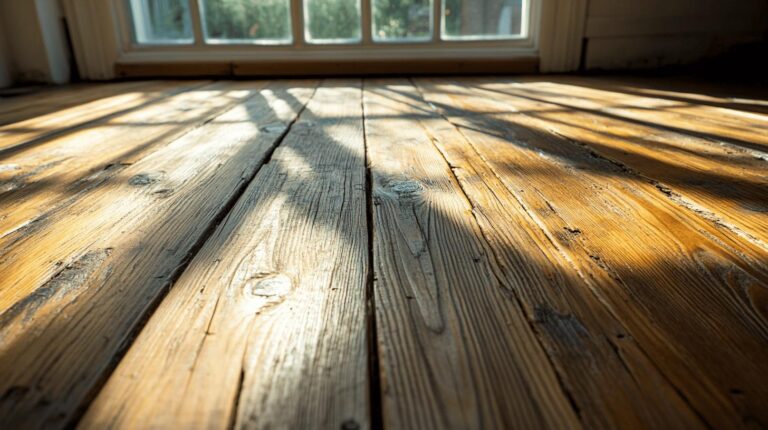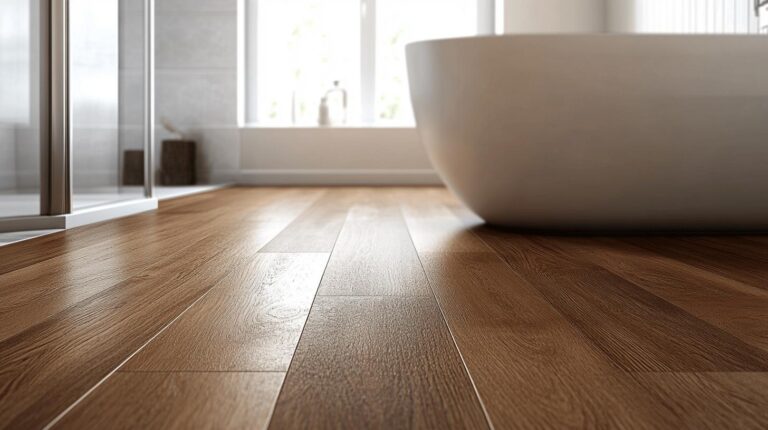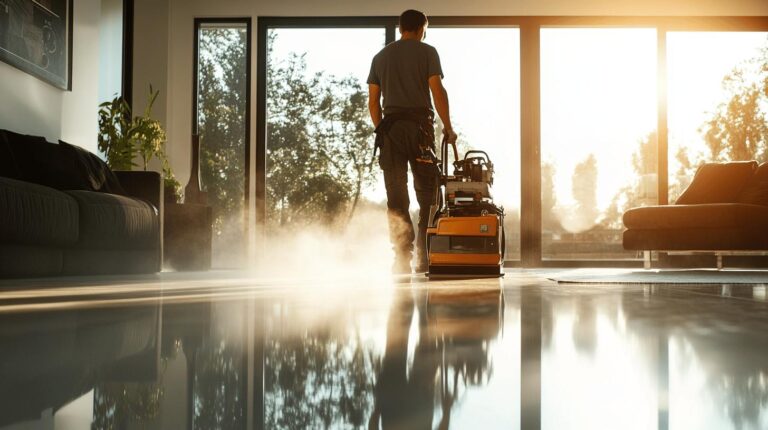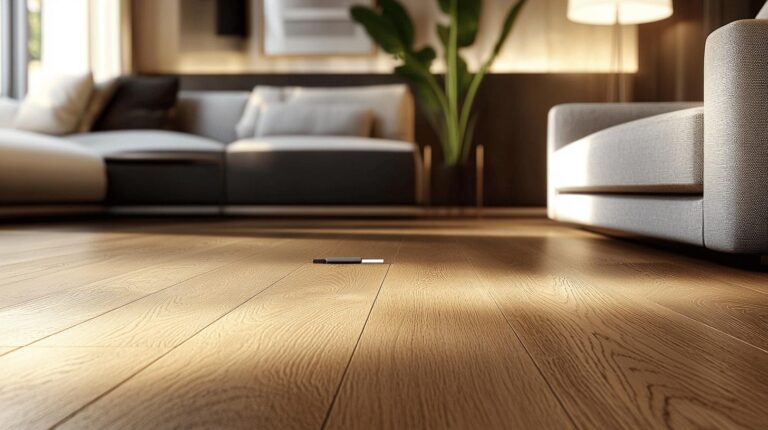Can the well-trodden floors of a historic pub truly withstand the test of time amidst the surge of daily traffic? Listed pub floors face unique challenges—wear and tear can mar their charm, and dull finishes can detract from their storied ambience. Yet, these floors hold a significant place in preserving the rich heritage of traditional English pubs. The task of pub renovation lies in finding the delicate balance between maintaining aesthetic allure amidst heavy footfall and ensuring functional durability. This article delves into strategies to elevate their character, embracing the authentic spirit of these remarkable floors.
Understanding the Challenges of Listed Pub Floors
Listed pub floors are particularly susceptible to the rigours of heavy footfall, which can accelerate wear and tear, resulting in dull, uneven surfaces and potential safety hazards. These challenges are compounded in historic pubs, where flooring also represents an integral part of the building’s architectural heritage. The constant movement of patrons, combined with the natural expansion and contraction of wood due to the damp climate typical in many parts of the UK, can lead to structural vulnerabilities and aesthetic degradation. Consequently, maintaining the charm and character of these floors requires not just regular maintenance but also thoughtful restoration that aligns with the building’s historical significance.
- Maintaining Structural Integrity: Heavy foot traffic can weaken the floor’s structure over time, necessitating reinforcement.
- Addressing Safety Concerns: Uneven surfaces and loose boards can pose trip hazards, requiring careful attention.
- Preserving Aesthetic Appeal: The visual appeal of historic floors must be preserved to maintain the pub’s character.
- Ensuring Regulatory Compliance: Adhering to regulations for listed buildings is crucial during any renovation.
- Balancing New and Old: Integrating modern functionality without compromising historical elements can be challenging.
.
In restoration efforts, it is vital to balance preserving the historical authenticity of listed pub floors with the need for durability and functionality. Solutions must be carefully selected to enhance the floor’s resilience while maintaining its original charm, ensuring that the pub remains both a safe and inviting space for patrons.
Techniques for Restoring Character in Historic Pub Floors
Authentic restoration methods are crucial in maintaining the character of historic pub floors, ensuring they continue to reflect the rich heritage of traditional pubs. Why is maintaining historical character important in pub floor restoration? Precision in restoration not only preserves architectural integrity but also enhances the pub’s appeal to patrons who appreciate authenticity. Using techniques such as gentle sanding and patina-preserving methods can prevent the irreversible damage that more aggressive restoration techniques might cause. Hardwood screening, for instance, rejuvenates the wood’s surface without stripping away its historical essence, retaining the natural patina that is often a key selling point in heritage buildings.
Specific restoration techniques play a pivotal role in the delicate process of historic flooring preservation. How can lime dust extraction benefit pub floors? This method delicately cleans and prepares the wood surface, ensuring that any finish applied can adhere properly, thus enhancing the wood’s durability while preserving its natural look. Additionally, historic board repairs are essential for maintaining both the floor’s structural integrity and aesthetic appeal. Carefully replacing or repairing damaged boards with materials that match the original wood helps maintain consistent visual character, preventing the floor from losing its historic charm.
Non-Slip Oils and Surface Treatments
Surface treatments, such as non-slip oils, are vital in enhancing both the safety and aesthetic appeal of pub floors. Non-slip oils provide a subtle sheen that highlights the wood’s natural beauty while ensuring a safe environment for patrons. These treatments offer an additional layer of protection against wear and tear, particularly in areas subjected to heavy footfall. By combining practical safety features with aesthetic enhancements, these surface treatments allow historic pub floors to maintain their charm amidst the demands of modern use.
Choosing the Right Materials for High Foot Traffic Areas
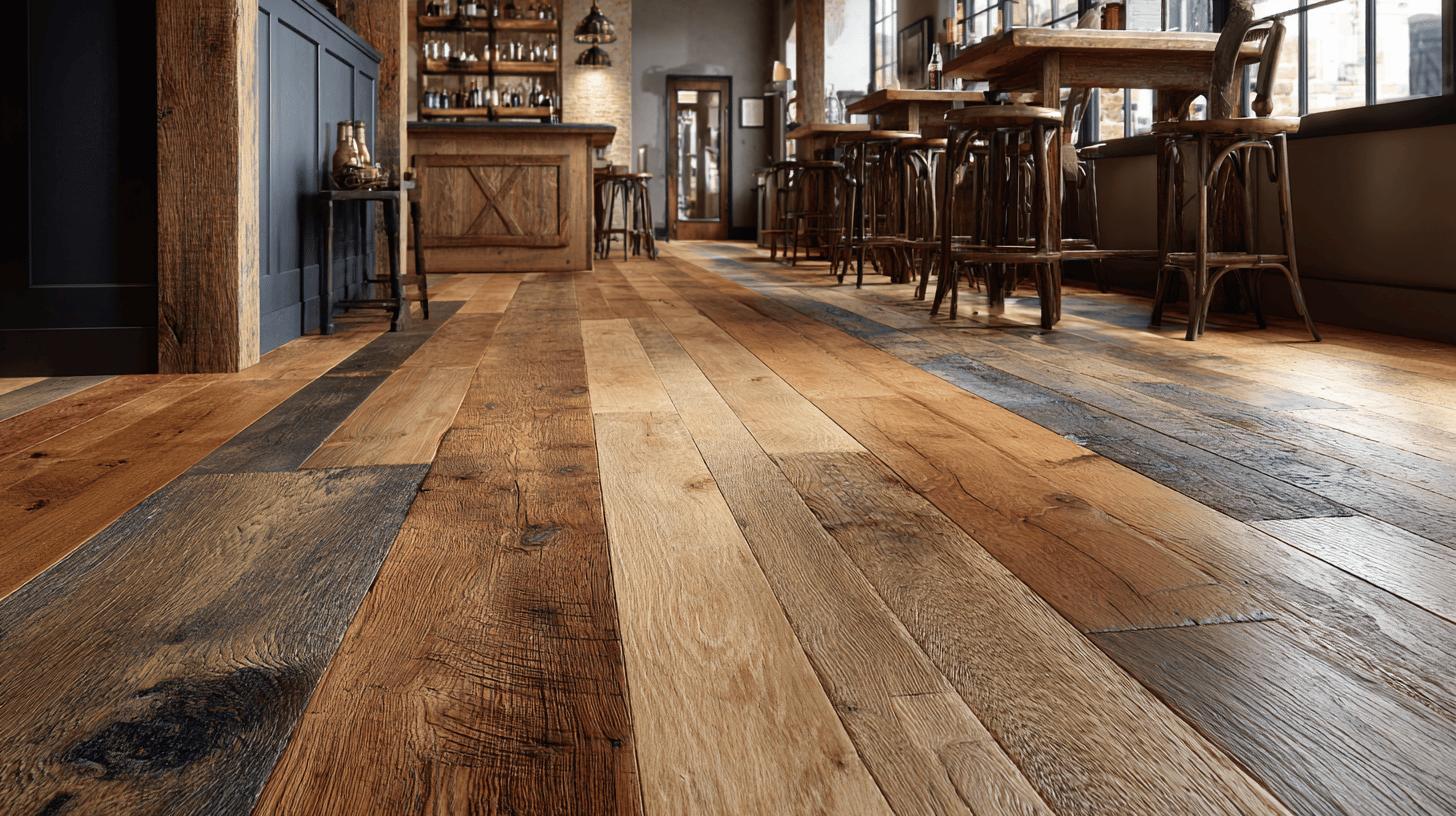
In high traffic areas like listed pubs, selecting flooring materials that can withstand the wear and tear of constant footfall is crucial. Why is durability important in pub flooring? Durability ensures that floors maintain their structural integrity and aesthetic appeal over time, even under heavy use. Materials must be chosen not only for their ability to endure this wear but also to preserve the historical charm that is often a hallmark of such establishments. The flooring selection process often involves assessing options that can marry these two essential requirements, as evidenced by a local country pub that needed to replace its floor after water damage. This highlights the need for materials that offer both resilience and historical authenticity.
- Solid Wood
- Engineered Oak
- Reclaimed Pine
- Antique Oak
.
Floor sanding techniques play a pivotal role in maintaining the longevity and appearance of these durable materials. How do sanding techniques contribute to floor maintenance? Proper sanding ensures that the wood surface remains even and free from imperfections, which can arise from prolonged use. By removing just enough of the surface layer, sanding refreshes the wood’s appearance while preserving its historical patina. This careful balance of maintenance and restoration helps extend the life of the floor, allowing it to withstand heavy traffic while retaining its historical significance and aesthetic beauty.
Case Studies of Successful Pub Floor Restorations
Case studies play a crucial role in restoration planning by offering insights into best practices and outcomes from real-world projects. They provide valuable lessons on how to tackle the unique challenges faced in restoring heritage buildings, particularly listed pub floors. By examining these projects, restoration professionals can learn how to balance the need for maintaining historical charm while ensuring functionality and durability under heavy footfall. Understanding the specific challenges and solutions implemented in successful restorations helps in formulating strategies that are both effective and respectful of the building’s heritage.
One notable example is the restoration of a local country pub’s floor, which had suffered significant damage from a burst water pipe. This project underscored the importance of selecting flooring options that are not only aesthetically fitting but also financially feasible for a small family business. The team involved in this restoration chose materials that matched the historical aesthetics of the pub while ensuring durability to withstand constant foot traffic. Through careful material selection and expert craftsmanship, the project successfully restored the pub’s floor to its former glory, maintaining its historical character and charm.
Lessons learned from these case studies highlight the necessity of a strategic approach to pub floor restoration. Combining traditional craftsmanship with modern techniques ensures that the floors not only meet current safety and functional standards but also maintain their historical allure. These projects illustrate how thoughtful planning and execution can overcome the challenges associated with restoring heritage buildings, providing a blueprint for future restorations to follow.
Maintenance Strategies for Long-Term Floor Preservation
Regular maintenance is pivotal in extending the lifespan of pub floors, particularly in listed buildings where historical and structural integrity must be upheld. Why is regular maintenance essential for pub floors? Regular upkeep not only restores the aesthetic appeal of the floors but also enhances safety by addressing minor issues before they escalate into costly repairs. The unique challenges posed by the UK’s damp climate, such as the expansion, contraction, and warping of wood floors, necessitate a tailored maintenance approach. This climate-induced movement can weaken the structure and diminish the visual appeal of the floors, making consistent maintenance an indispensable part of preserving the pub’s charm and functionality.
- Periodic Inspections
- Professional Cleaning
- Moisture Control
- Protective Finishes
- Timely Repairs
- Seasonal Adjustments
.
The role of maintenance in preserving the pub floors encompasses both aesthetic and structural aspects. How does maintenance preserve the aesthetic and structural integrity of pub floors? By implementing regular maintenance practices, floors can retain their historical allure while ensuring they remain safe and functional.
Protective finishes, for instance, guard against wear and tear while enhancing the floor’s natural beauty. Moisture control helps prevent warping and rot, safeguarding the structural integrity of the floors. Through timely repairs and adjustments to seasonal changes, pub floors can withstand the challenges posed by heavy footfall and environmental factors, ensuring they continue to serve as a cornerstone of the pub’s historical and social environment.
Final Words
Successfully navigating the restoration of listed pub floors involves addressing several challenges, particularly the impact of heavy footfall.
Balancing historical preservation with modern needs ensures these floors retain their character and continue to serve diners and patrons safely.
Critical techniques such as authentic restoration methods, non-slip surface treatments, and apt material selection play a vital role in enhancing durability and aesthetic appeal.
Case studies exemplify how thoughtful planning results in sustainable, successful outcomes.
Incorporating regular maintenance strategies reinforces this success.
Through thoughtful integration of these practices, listed pub floors can continue to captivate with their charm and resilience.
Listed Building Floor Restoration: Somerset’s Conservation Tips
Preserve your pub’s charm → Wood Floor Restoration
FAQ
Q: What are the main challenges faced by listed pub floors due to heavy foot traffic?
A: Pub floors face significant wear and tear from heavy foot traffic, leading to dullness and potential safety hazards. Listed buildings need careful preservation of their historical and architectural significance while maintaining safety and aesthetic appeal.
Q: How can heritage and functionality be balanced in pub floor renovations?
A: Balancing heritage and functionality involves maintaining structural integrity and aesthetic preservation while ensuring compliance with safety and regulatory standards.
Q: What techniques are recommended for restoring historic pub floors?
A: Authentic restoration methods like hardwood screening, lime dust extraction, and historic board repairs retain the historical character without over-sanding.
Q: Are non-slip oils and surface treatments beneficial for pub floors?
A: Non-slip oils and surface treatments enhance safety and aesthetics, particularly in historic pubs needing modern durability without sacrificing character.
Q: Which materials are best for high foot traffic areas in pubs?
A: Durable materials like solid wood, engineered oak, reclaimed pine, and antique oak are recommended for maintaining historical charm under heavy foot traffic.
Q: How do sanding techniques contribute to floor longevity?
A: Proper sanding techniques help maintain the appearance and durability of flooring materials, extending their lifespan while preserving historical aesthetics.
Q: What lessons can be learned from successful pub floor restorations?
A: Successful restorations highlight the importance of selecting aesthetically fitting and financially feasible options whilst addressing unique project challenges.
Q: What are effective maintenance strategies for pub floors?
A: Regular inspections, professional cleaning, moisture control, protective finishes, timely repairs, and seasonal adjustments are vital for long-term preservation of pub floors.
